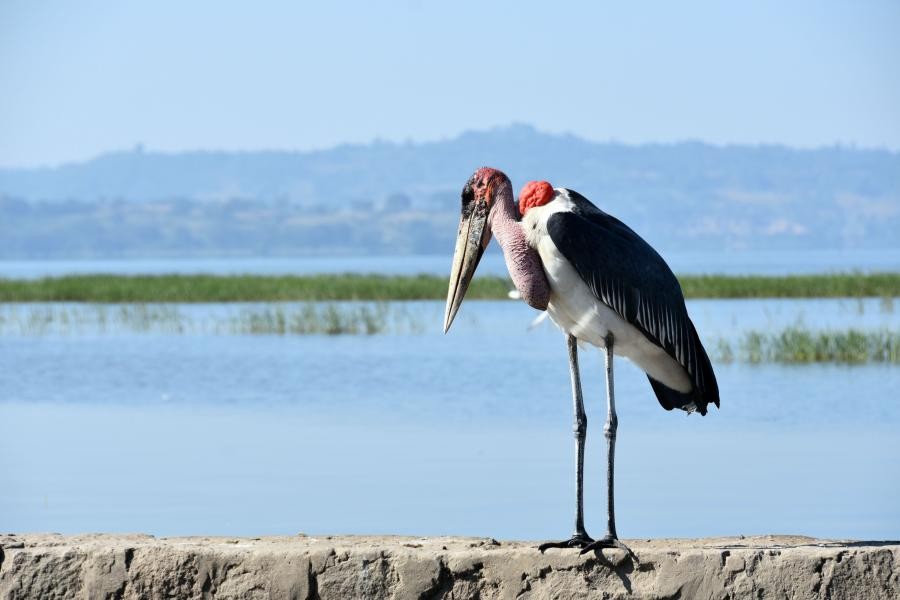Radio Amateurs members of Ethiopian Amateur Radio Society, EARS, ET3AA will be active with special call ET3YOTA from Addis Ababa, Ethiopia, for Youth on The Air Activity.
They will operate on HF Bands.
QSL via N2OO, ClubLog OQRS.
Ads for direct QSL:
ROBERT W SCHENCK, PO BOX 345, TUCKERTON, NJ, 08087, USA.

Marabou stork, Lake Awasa, Ethiopia. Author - jacgroumo.
They will operate on HF Bands.
QSL via N2OO, ClubLog OQRS.
Ads for direct QSL:
ROBERT W SCHENCK, PO BOX 345, TUCKERTON, NJ, 08087, USA.

Marabou stork, Lake Awasa, Ethiopia. Author - jacgroumo.


Comment